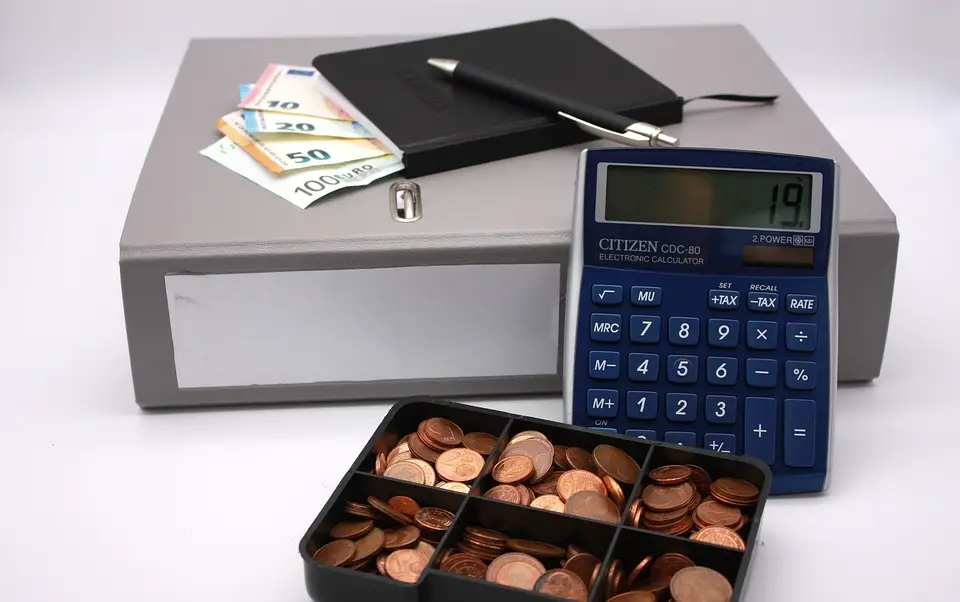As Poslovni Dnevnik/Josipa Ban writes, the state (with considerable delay, might I add) is now asking retailers and others providing goods and services to provide it with information on their item prices before and after the reduction of the VAT rate back in April last year. They say they need that information for their analytics.
On February the 6th this year, yhe addresses of as many as 30,000 retailers will receive a query in which they’ll have to justify whether they increased, decreased or froze the prices of certain items on sale in their stores after the state lowered the general VAT rate for some products at the beginning of April 2022 (at 5 and 13 percent). This was announced by Finance Minister Marko Primorac at the Tax Conference held at the Faculty of Economics in Zagreb recently.
“The goal is not to punish them, but this will be part of the analytical basis for the subsequent assessment of the effects of the regulations so that we can enact better tax regulations and rates in the future. We’re going to monitor what the prices were before the reduction of the VAT rate, just before the reduction, the day after the reduction of the VAT rate and the day when the next price change occurred,” explained Primorac.
The form that traders will receive through the ePorezna (eTax) system will have to be filled out and submitted by February the 22nd, 2023. This form, unlike the one requested from the largest retailers by Davor Filipovic, Minister of Economy, due to doubts about price increases after the introduction of the euro, will not be optional. Enterprises will have to fill it in and send it back, otherwise they will face misdemeanor fines.
With this, at least as Primorac has claimed, the Croatian Government wants to obtain analytical confirmation of what is already widely known among Croats, namely that the reduction of tax rates is usually not felt by customers, that is, products don’t actually end up becoming cheaper despite the tax reduction.
However, the timing of sending such a questionnaire to traders is interesting, so one cannot avoid the impression that this is a kind of pressure being put on them because most of them didn’t agree to be on the so-called “white lists” of the Ministry of Economy and Sustainable Development, which were supposed to enable the comparability of price movements.
As it seems, however, they don’t currently have an instrument with which they could force traders to submit their price data before and after the introduction of the euro, so the Ministry of Finance decided to use the VAT change from April last year to put them in the hot seat. Then, the VAT rate was reduced on a number of food products, such as meat, eggs, fish, oil, butter… down to five percent, while natural gas, firewood, briquettes, wood chips, heating from thermal cells were reduced to a slightly higher thirteen percent.
The fact that this is the first time that the Croatian Government has used questionnaires to check whether prices have been lowered or not after lowering the VAT rate also supports the suspicion that it is a form of backhanded pressure on traders. It’s also known that tax relief was implemented on several occasions, and there was never a systematic check of its effect.
In addition to this news, Primorac also announced that they’re currently working on changes to improve the efficiency of tax debt collection. They, as he explained, often end up in the statute of limitations, so the changes will establish new finance departments at the Administrative Courts, which will be dedicated to tax debts. Amendments to the Court Registry Act, which are also underway, will prevent those with debts from opening new businesses.
On top of all of that, he announced, the creation of a platform for comparing taxes in EU member states is now being considered. The goal is to dispel misconceptions that the income tax in Croatia is too high. “Income tax in Croatia stands at 28 percent, while the EU average is currently 38 percent. The story about the excessive tax burden on labour just doesn’t hold much water. We have to demystify that,” said Primorac.
For more, make sure to check out our news section.








